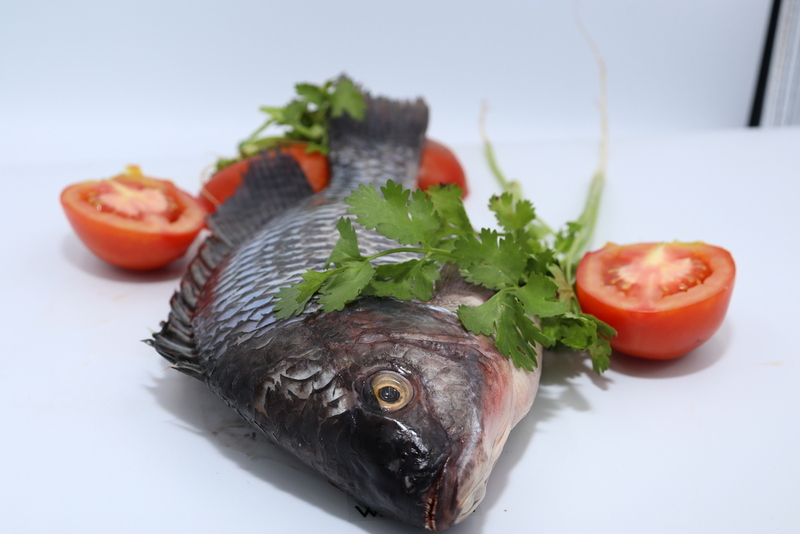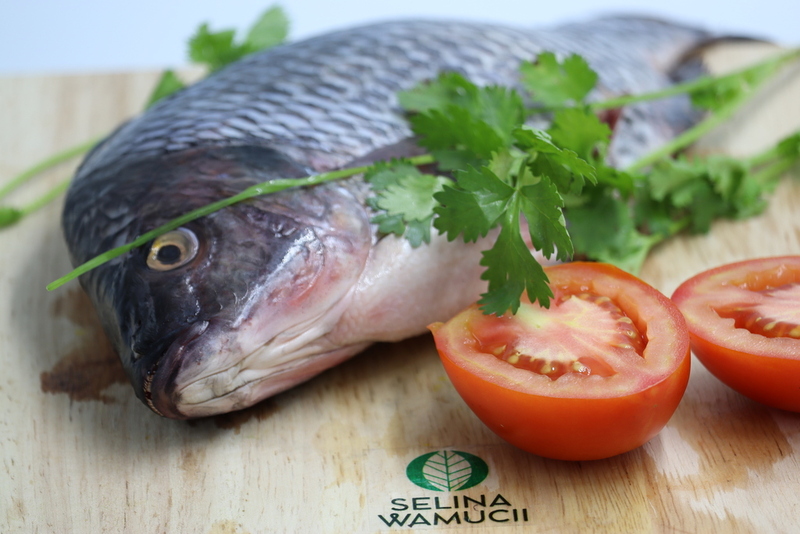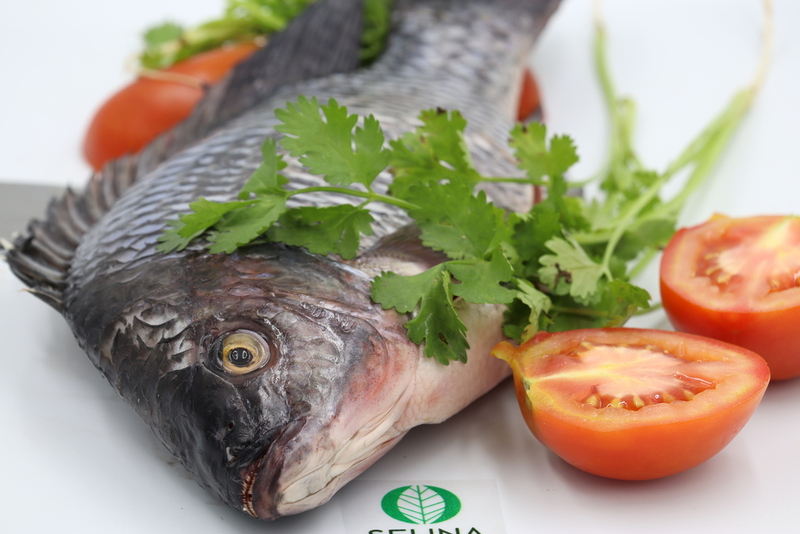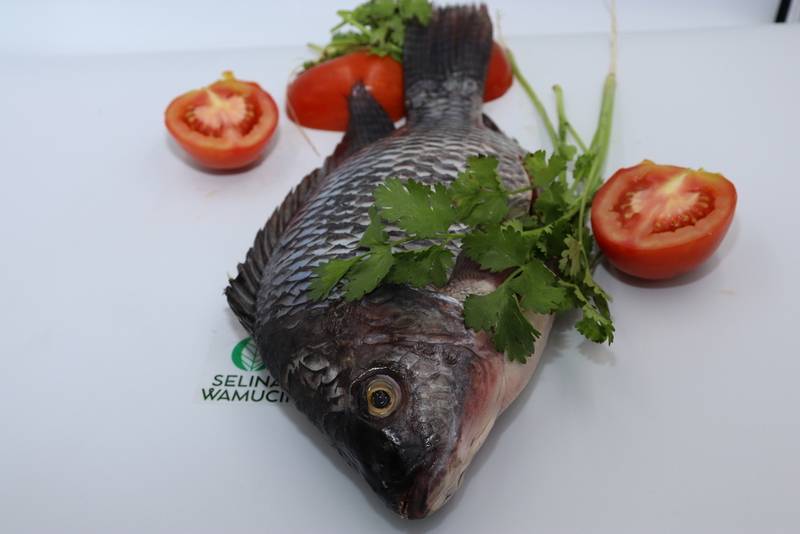Buy Namibia Tilapia Directly From Exporters & Suppliers - Best of 2025 Market Prices
| Summary | |
|---|---|
| Varieties | Olive Olive striped Dark blue Blue striped Light blue |
| Packing | 5kg frozen cartons 3kg bulk plastic bags |
| Storage | Cold storage, 0°C |
| Size | Under 14cm |
| Availability (seasons) | Between November and January |
| Transportation Conditions | Cold storage within ten days |
One of the rare fish you can consume and enjoy its uniqueness is the Namibia tilapia. This fish is not native to the water bodies of the country and was first introduced when Namibia was colonized under the Germans in the nineteenth century. The fish has demonstrated an ability to adapt to different conditions in the country and, it can be found in most water bodies across the country.
The fish is typically bought in market areas where it is mostly sold locally. Some fish is usually exported, but this is an important source of protein for several Namibians. The fact that it is possible to grow this fish with ease despite the arid conditions of the country makes it an important part of the diet. Many aquaculture projects in the country focus on the production of tilapia.
It is possible to find tilapia in most restaurants across the world and, it forms part of a unique diet. It is third in terms of popularity of fish consumed in the world to carp and salmon. It is now even possible to order for some tilapia online and, it will be delivered in cold storage conditions as it is the ideal way to transport it over long distances.
Commercially grown tilapia follows a strict regiment for the fish to mature and be ready for harvest within eight months. Fingerlings are first hatched in March and, they require frequent feeding of five times a day with 2mm diameter protein pellets. Adult fish are fed with larger protein pellets while naturally occurring tilapia feed on algae and some invertebrates.
They grow well in waters with temperatures ranging between 18°C and 25°C and, they can survive in depths of up to 67m. Their habitat must be kept at a specific level of alkaline because it keeps away pathogens and parasites that might harm the fish. Always remember to take into consideration their protein requirements as this is a significant part of breeding them.
The harvesting season for tilapia in Namibia is between November and January, and most of it is consumed locally. However, the country also exports a lot of the product as it is in high demand in various countries. The harvested fish are first washed in clean water before being packed in frozen cartons or bulk plastic bags.
The frozen cartons are ideal for transport over long distances, such as for export. It is necessary to avoid dry ice because it will hasten the process of rotting. Transportation in the bulk plastic bags is usually for domestic consumption as this transportation method limits the time they have to be consumed.
Exportation of tilapia out of Namibia is at its peak between November and January, and the destination for most of this fish is other African countries and Europe. The Namibia tilapia has become common for its unique taste and, it has gained popularity over the years.
Look no further if you want high-quality Namibia tilapia. Sign up today to get connected with buyers and sellers of Namibia tilapia.
Get Instant Quote
Are you a producer of Namibia Tilapia or other products?
Sign up today for FREE to buy or sell Namibia Tilapia.





